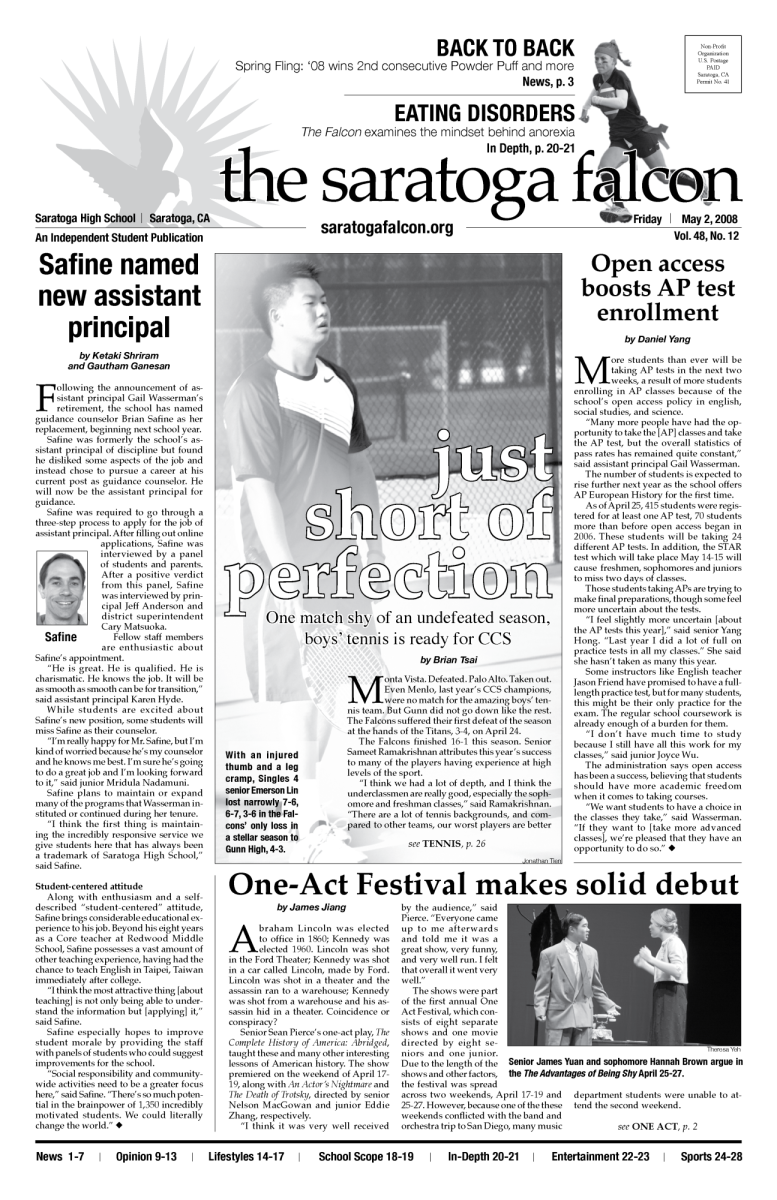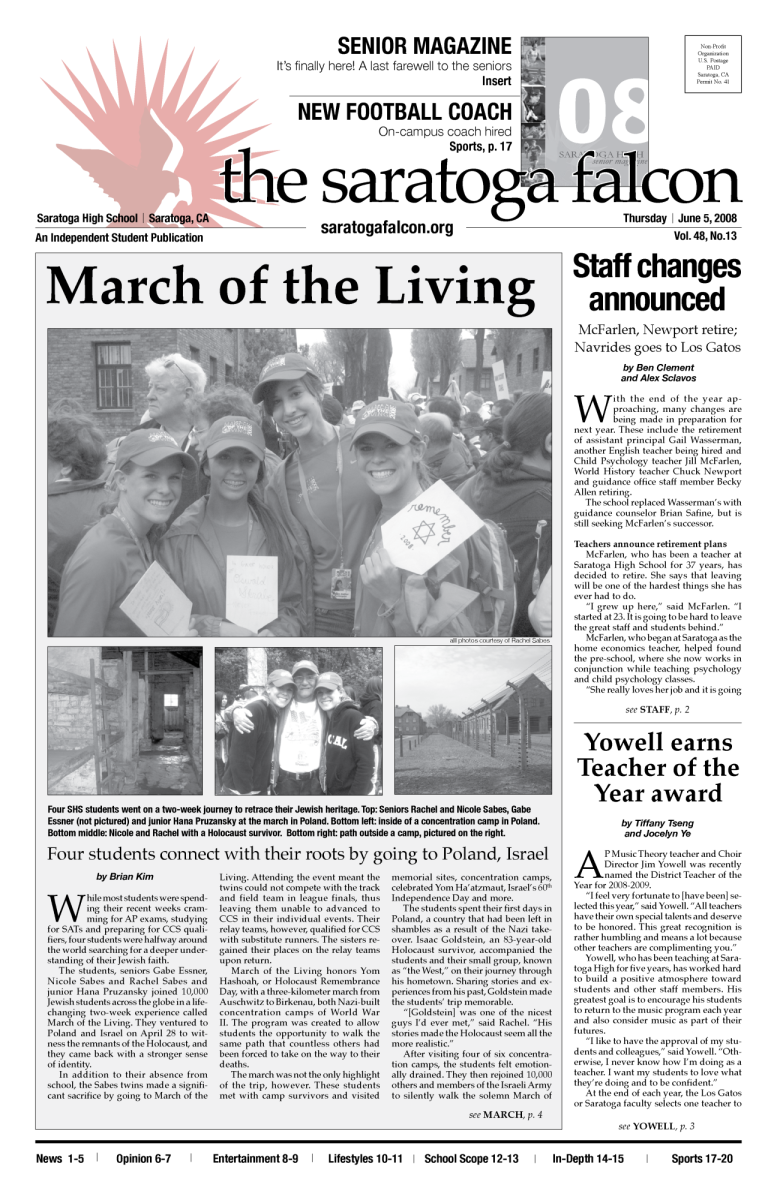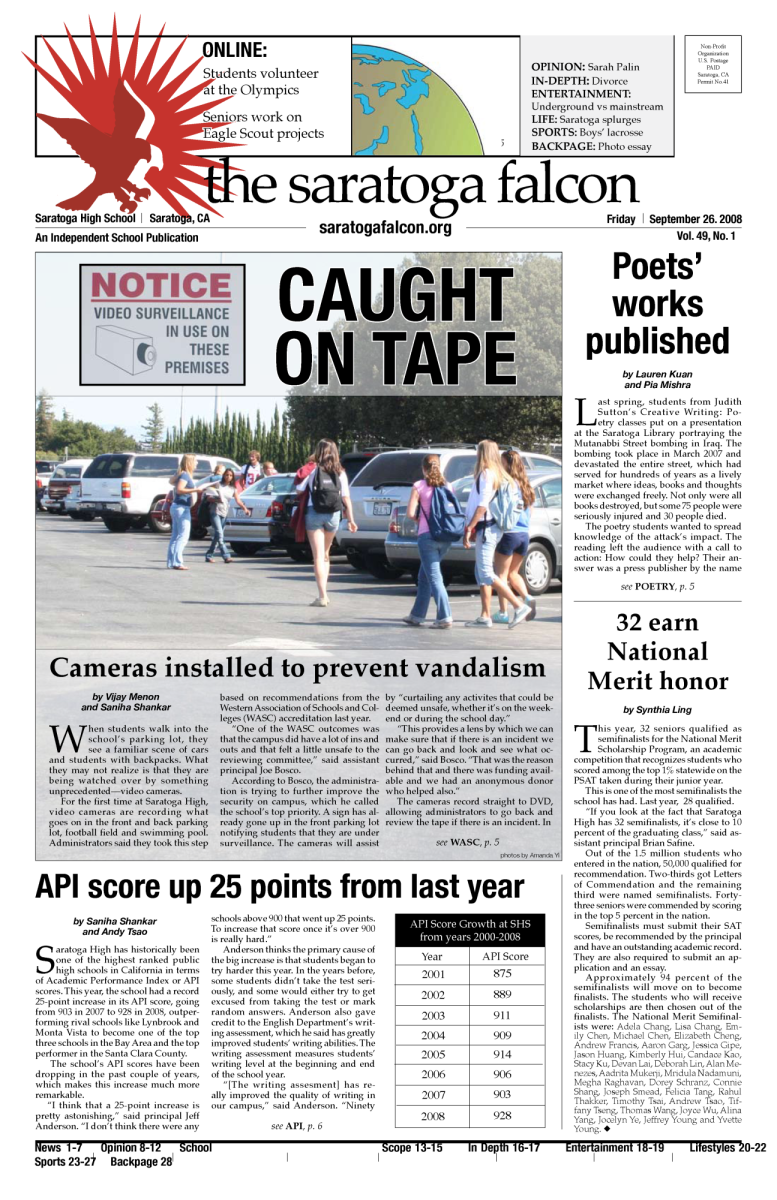With the fall play “Sense and Sensibility” approaching its debut on Nov. 16, student actors are working hard to produce a historically accurate yet unique adaptation of the Austen classic.
Drama teacher Sarah Thermond, the director of the production, has seen progress since rehearsals began earlier this semester. “We’ve staged and blocked the entire show, which includes three dance sequences,” Thermond said. “Our tech crew is working on the embellishments and paint jobs for the sets, and we’re moving forward with every rehearsal, which is the goal.”
The cast moved rehearsals into the McAfee Center right after the Music Concert Series concluded on Oct 18. There, the actors are working on implementing what they’d learned in the drama room and escalating it to fit the large stage.
“A big challenge of performing in the McAfee is scaling up vocal power and facial expressions to accommodate the bigger space,” Thermond said. “We want to ensure that the people in the farthest back rows can still understand what’s going on.”
While scaling up their voices, the actors must also learn British dialect.
“We want to be respectful and not butcher the accents, so we want to make sure we get that right,” said senior Ritika Kuppam, who plays Mrs. Dashwood.
Another challenge the students face is the large cast of 41 students, many of whom have never done a show before. After navigating an extensive rehearsal schedule, some cast members found the fall play to be a much bigger time commitment than they expected.
“I try to use actors as much as possible in the show, but there’s an unprecedented number of students who are involved in other activities,” Thermond said. “They’re very quickly having to learn self-management and communication, which are valuable life lessons.”
The benefit of having a larger cast, however, is utilizing cast members to aid with changing sets during the show. This adaptation of “Sense and Sensibility” has a challenging 45 different scenes, requiring a large number of sets to be made, each representing a different geographical location in the script.
Thermond has found a way to execute the set changes in an artistic way, by having the “gossips,” or narrators of the story, move the sets throughout the play, just as narrators move the story along.
Thermond also chose to build a modular set with a lot of double-sided windows and door sets on casters that can flip and change locations quickly to accommodate for the 45 scenes.
Along with the increased number of set changes this year, “Sense and Sensibility” significantly varies in the storytelling method from last year’s fall play, “Julius Caesar.”
“Because we did Shakespeare last year, we spent a lot of time focusing on the language and meaning of the story,” Thermond said. “This adaption of Austen is rather accessible, so it’s much more centered around finding the right style of the show, which will be the most appealing to the audience.”
Additionally, this year’s fall play rehearsals are only scheduled on Blue Days, which proves to be more efficient. Not only does it lessen schedule conflicts, it also makes each rehearsal more focused and thorough.
“At first, we thought it would be a setback since rehearsal time is on fewer days of the week, but it’s working out pretty well,” Kuppam said. “I think the schedule is more beneficial because we are spending four hours at a time instead of two, so practice is less broken up and we can focus more.”
This new rehearsal schedule means that if someone misses a day of rehearsal, they miss a bigger chunk of what they need to know and must worker harder on their own to catch up.
In order to ensure that the show reaches its potential, cast members still need to polish all of their dance numbers as well as coordinate sound and light, but all details are coming together for Nov. 16
“I’m excited because I think a lot of people view Austen as very stuffy period dramas and this adaptation has a lot more goofiness to it,” Thermond said. “As someone who loves older literature, it’s really fun to see students interpreting their roles with a very empathetic understanding of the idea that these characters are real people who have relevant emotions.”



























